The SilverStone ST60F-TI Strider Titanium 600W PSU Review
by E. Fylladitakis on July 29, 2016 8:00 AM EST- Posted in
- PSUs
- Cases/Cooling/PSUs
- SilverStone
- 600W
- 80Plus Titanium
External Appearance
SilverStone designed the ST60F-TI to be elegant and subtly stand out from a regular PSU lineup. That is the main design approach that the company takes for most of their products at this point of time. The chassis of the power supply is sprayed with a textured, grainy black paint that feels slightly rough to the touch and is highly resistant to fingermarks. This kind of paint however creates very high friction and is rather easy to scratch if the PSU body has to slide on metallic surfaces/supports. The body is 150 mm long, which actually is not abnormally short for 600 Watt units, but it did allow SilverStone to go with a 120 mm fan. The snowflake logo of the company can be seen in the form of a metallic badge over the fan’s engine.
SilverStone placed the sticker with the electrical specifications and certifications of the PSU on the left side of the chassis, making it visible from a windowed side panel if the PSU is installed with its fan facing downwards. The right side of the unit is entirely plain. They also engraved their company logo on the top side, but the engraving is very subtle and most likely will not be easily visible inside a case, even if there is strong illumination. If SilverStone wanted it to stand out, it should be recessed but with a white lettering design.
Only an AC cable receptacle can be seen at the rear side of the Strider Titanium, giving us a hint as to who the OEM behind it is. Numerous connectors for the modular cables can be found at the front side of the PSU. With the exception of the 24-pin ATX cable connectors, the rest have simple plastic caps attached. The blue connectors are for PCI Express cables and SilverStone is using them to differentiate from the similar CPU EPS connectors, which are black. The connectors are keyed, meaning that by default a user cannot really push a PCI Express cable into the EPS connector and vice versa. Finally, there are two connectors for the 24-pin cable because of the voltage sense connector found on the 24-pin ATX cable, which is supposed to improve the power quality of the PSU.
Internal Design
Hong Hua supplies the 120 mm fan for the cooling needs of the PSU. The 120 mm fan is a high quality model with an FDB (fluid dynamic bearing) engine and with a maximum speed of 2200 RPM. It has a wide operating range and, considering the very high efficiency of the PSU, it should remain inaudible most of the time.
SilverStone entrusted Enhance for the creation of their new Strider Titanium PSUs. Enhance is using an upgraded version of their Platinum-approved designs that is relatively simple. Basically, the designer just went with higher quality components and removed secondary parts that would reduce the PSU’s efficiency, such as, for example, the switch. The upside is that these heatsinks are greatly oversized for a PSU this efficient and ought to aid the thermal and acoustic performance of the design.
The input filtering stage consists of four Y capacitors, four X capacitors, two filtering inductors and one surge-suppressing MOV, ending to two input conversion bridges that can be seen sharing the same large heatsink with the active components of the PFC and primary inversion stages. The passive APFC components are a 450V/470μF capacitor supplied by Nippon Chemi-Con and a shielded inductor. The primary inversion stage is a half-bridge design and the main transformer has a single 12V output.
On the secondary, the DC to DC conversion circuits used to generate the minor voltage lines can be seen on their own vertical PCBs. Colored wires are being used to connect the main PCB with the connector’s PCB, which is a messy but effective solution. Nippon Chemi-Con and Rubycon supply the electrolytic capacitors on the main PCB and a few small Suncon products can be found on the connector’s PCB. Polymer capacitors are supplied by Unicon and Nippon Chemi-Con.


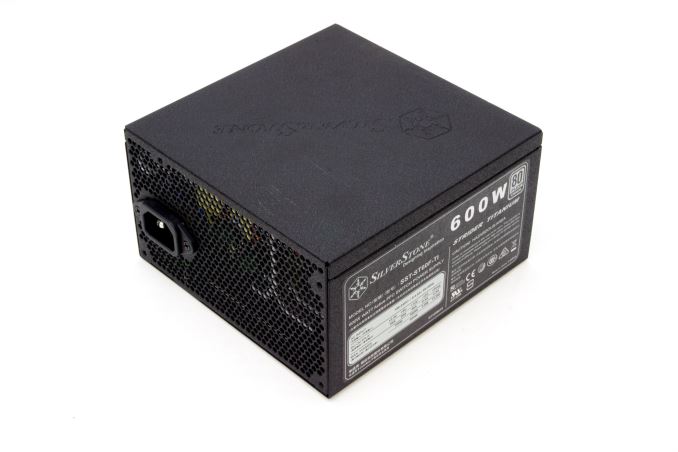
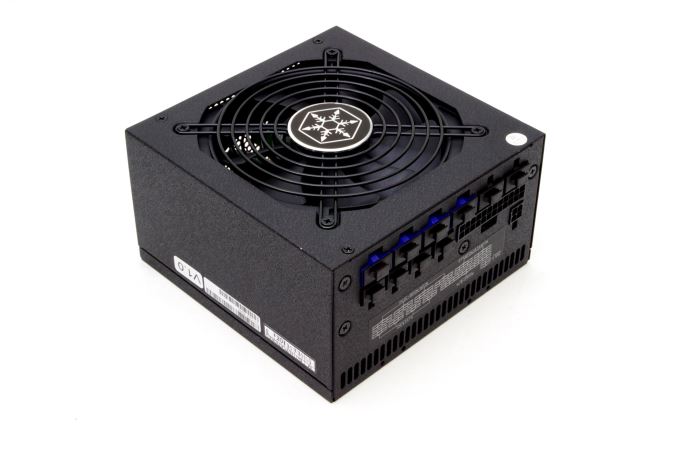
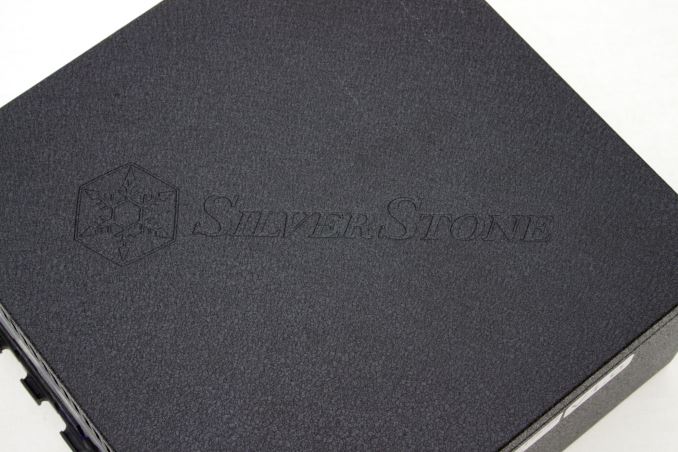
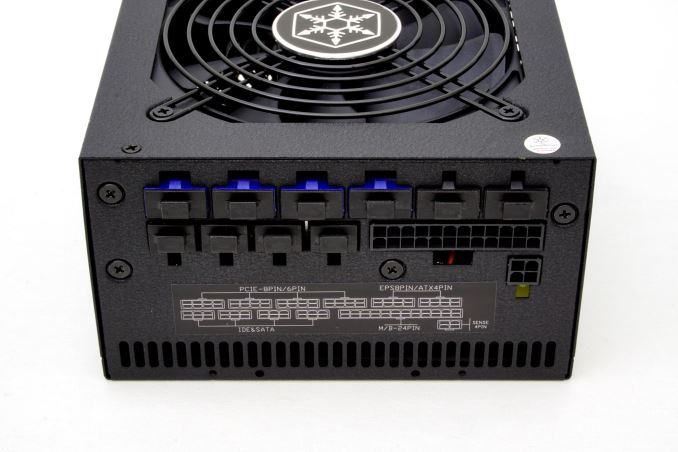
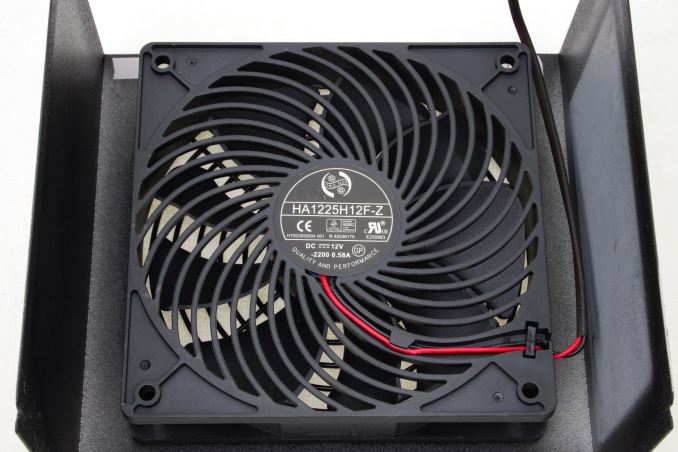
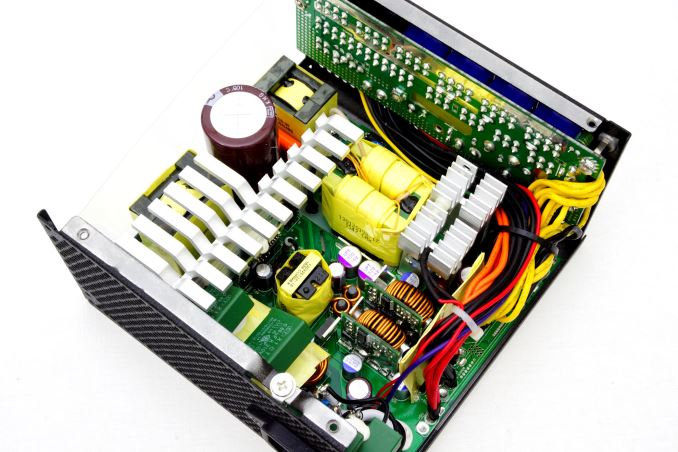
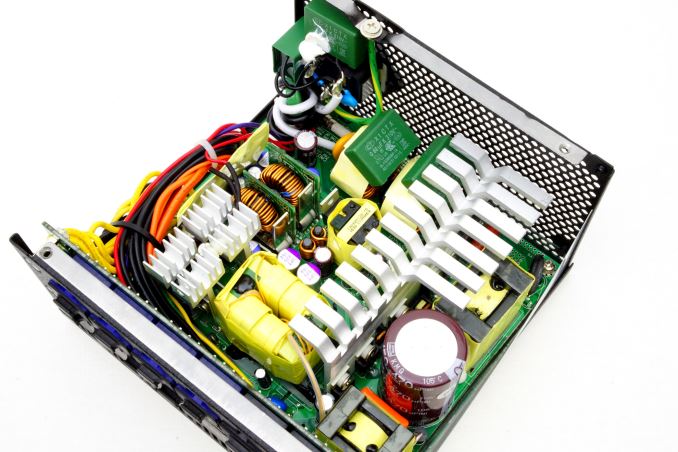
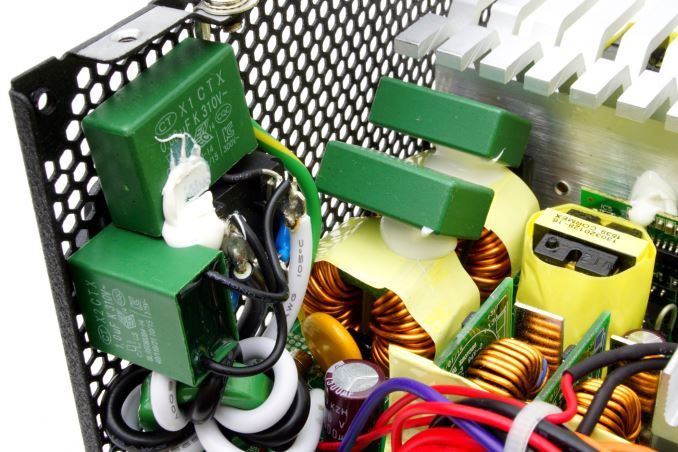
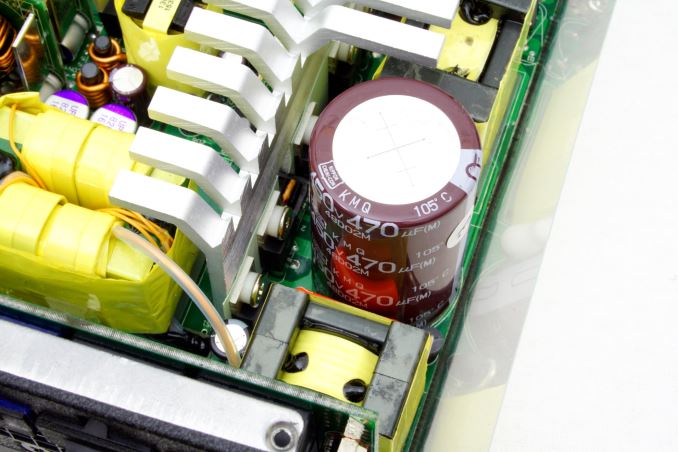









21 Comments
View All Comments
Zoeff - Friday, July 29, 2016 - link
I've got this exact PSU for my secondary PC, which is a mini-ITX build. Definitely very quiet and very nice power efficiency!hansmuff - Friday, July 29, 2016 - link
What would be the potential savings in a typical 350-400W enthusiast gaming system compared to a Platinum old Gold PSU? Given this price for a 600W, I have a feeling there is very stiff competition when you compare the bottom line (cost of running a machine.)And that's completely ignoring the filtering issues, which alone for this price would drive me to the Seasonic 660 Platinum.
Freakie - Friday, July 29, 2016 - link
It would take years of 24/7 use at full 600W load to see any monetary savings by going up one or even two 80 PLUS certification tiers. The only reason to get a Gold/Platinum/Titanium is because they tend to be higher quality and the PSU is the most important part of your computer, so high quality is a good thing. Though this thing's Ripple kinda sucks, I definitely wouldn't buy this unit.It's hard to go wrong with Seasonic! I have a 750W Gold Seasonic myself.
Freakie - Friday, July 29, 2016 - link
To further expand. When I'm shopping for a power supply, the order of things I look at is: 1) Rated Wattage 2) Ripple 3) How it behaves in a hot environment 4) Cross-load test results 5) How modular (if it all) the unit is 6) The quality (cable gauge), length, and how many cables it comes with (I like to use Full Tower cases, so short cables wont work, and I tend to have a lot of drives) 7) Price and 8) Literally the last thing I look at is the 80 PLUS rating because there is no way in hell I am going to run a power supply at 100% load (I aim for 60%) and 1%-2% efficiency will make virtually no difference in my power bill. The $30 I save from getting Gold instead of Platinum is more than I am going to realistically save on my power bill.DanNeely - Saturday, July 30, 2016 - link
FYI, with new PSU designs crossload should be irrelevant. Instead of coupled 12 and 5.3/3v supplies modern designs are pure 12V first, and then use DC-DC converters to step down power to the lower voltages as needed.LordanSS - Saturday, July 30, 2016 - link
I'm with you here, I try to keep my intended load in the 50% range as well. Good for noise, good for the PSU's longevity too.Have had motherboards and video cards die in the past because of a poor PSU. A very good quality PSU is a sure thing investment, as they last a very long time anyways.
GeneralTom - Saturday, July 30, 2016 - link
I had a bad Seasonic PSU, Seasonic G-Series G-750.Cables are too short and very stiff.
Alexvrb - Sunday, July 31, 2016 - link
So was it faulty or just cables too short and stiff? Seasonic units are among the best. I buy mainly Seasonic or FSP. And stiff cables, well if the cables are very high quality (heavier gauge) they're going to be stiffer. Cheaper, thinner cables are more flexible. There is a limit though, and sometimes in a tight case you have to give up some wire thickness. But that doesn't mean stiff cables are a "bad" thing, they just have limitations, pros and cons.Freakie - Friday, July 29, 2016 - link
You know what, just for shits and giggles:1% Efficiency difference between Platinum and Titanium
400 W (your load)
12 cents average price per kWh electricity in the USA
.01(1%) x 400(w) = 4(w)
4(w) x 24 (hrs/day) = 96 (w/day)
96(w/day) x 365.25(days/year) = 35,064(w/year)
35,064(w/year) ÷ 1,000 (kWh) = 35.064 (kWh/year)
35.064 (kWh/year) x .12 ($/kWr) = $4.2 savings per year
So you save $4.2 per year if you run it at 400W 24/7 a day, all year long which I doubt you're going to do. There is a 3% efficiency difference between Gold and Titanium so you'd save $12.6 a year if you ran it at 400W 24/7 all year long. Efficiency ratings really aren't worth it.
DanNeely - Saturday, July 30, 2016 - link
At release max efficiency items of any type never pay for themselves in reasonable timeframes in areas of average cost; a situation that's been true all the way back to the original 80+ standard.You're missing two things, the first is that not everyone pays average rates. Move to Hawaii or Germany and you're paying 35-40c/kwh and the max efficiency models will quickly pay for themselves in 24/7 high load situations and generally break even over system lifespans. Move to somewhere in the developing world where the grid isn't reliable and you frequently need to run a generator to keep the lights on and even light usage will make high efficiency units pay for themselves (gas/diesel generators produce stupidly expensive power). Live somewhere hot enough that you run the AC most of the year and rarely need a heater and the fact that every kWH of power your PC consumes is matched by a second for the AC to dissipate it and your real energy costs can be well above the headline numbers. (Live far enough to the north and using it as a space heater reduces the effective cost of energy.)
The other factor you're forgetting is that they all become cheaper over time. When they first came out even the baseline 80+ models had a major price premium attached. Today for conventional use the lifetime breakeven point for an enthusiast system is with a Silver/Gold PSU, or Gold/Platinum under near 24/7 use.
PS A PSU that passes the titanium spec is 2% better than one that passes platinum. This one only got 1% above because it was oversold by Silverstone and didn't meet the spec.
https://en.wikipedia.org/wiki/80_Plus